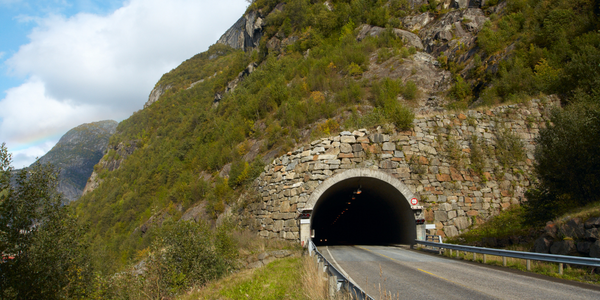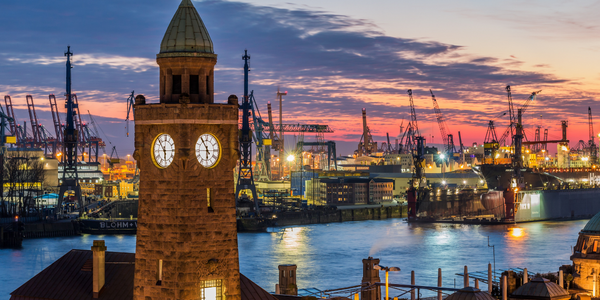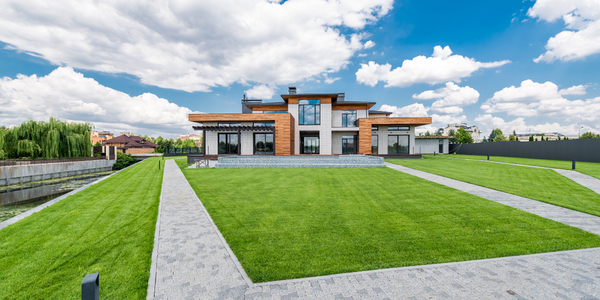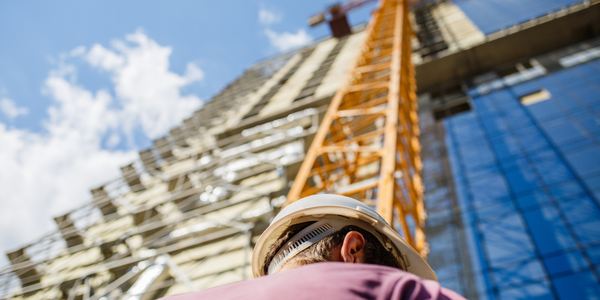技术
- 分析与建模 - 大数据分析
- 应用基础设施与中间件 - 数据库管理和存储
适用行业
- 水泥
- 建筑与基础设施
适用功能
- 采购
用例
- 实时定位系统 (RTLS)
- 资产跟踪
服务
- 硬件设计与工程服务
- 系统集成
关于客户
Opensee 是一家金融科技公司,为金融机构提供实时自助分析解决方案。这些解决方案通过释放企业用户主导的重要机会,帮助金融机构将大数据挑战转化为竞争优势。 Opensee 的前身为 ICA,由金融行业和技术专家团队创立。该公司总部位于巴黎,在伦敦和纽约设有办事处,并与全球一级银行、资产管理公司、对冲基金和交易平台的值得信赖的客户群合作。
挑战
Opensee 是一家金融科技公司,由一群金融行业和技术专家创立,他们因缺乏能够有效处理大量数据的简单大数据分析解决方案而感到沮丧。出于决策过程和监管原因,金融机构一直存储大量数据。然而,自金融危机以来,世界各地的监管机构大幅提高了报告要求,坚持更长的历史范围和更深的粒度。这导致数据呈指数级增长,迫使金融机构审查和升级其基础设施。不幸的是,许多存储解决方案(例如基于 Hadoop 堆栈构建的数据湖)对于大规模分析而言速度太慢。其他解决方案(例如内存计算解决方案和查询加速器)存在可扩展性、高硬件成本和粒度损失等问题。金融机构因此被迫做出一系列妥协。
解决方案
Opensee 构建了一个利用 ClickHouse 的解决方案,ClickHouse 是一个能够水平扩展数据并提供快速 OLAP 查询响应时间的数据存储系统。 2016年经过全面评估后,我们选择了ClickHouse。Opensee的平台可以处理数据湖所需的海量数据和内存数据库可以提供的快速响应,而无需预先聚合数据。 Opensee 提供了一系列 API,允许用户抽象出所有的复杂性和物理数据模型。这些 API 用于数据摄取、数据查询、模型管理等。Opensee 的后端提供对 ClickHouse 的间接访问,是用 Scala 编写的,而 PostgreSQL 包含必须以事务方式管理的所有配置和上下文数据。 Opensee 还为前端提供了各种选项来与数据交互、在多维数据集中导航以及利用数据版本控制等功能。
运营影响
数量效益

Case Study missing?
Start adding your own!
Register with your work email and create a new case study profile for your business.
相关案例.

Case Study
System 800xA at Indian Cement Plants
Chettinad Cement recognized that further efficiencies could be achieved in its cement manufacturing process. It looked to investing in comprehensive operational and control technologies to manage and derive productivity and energy efficiency gains from the assets on Line 2, their second plant in India.

Case Study
IoT System for Tunnel Construction
The Zenitaka Corporation ('Zenitaka') has two major business areas: its architectural business focuses on structures such as government buildings, office buildings, and commercial facilities, while its civil engineering business is targeted at structures such as tunnels, bridges and dams. Within these areas, there presented two issues that have always persisted in regard to the construction of mountain tunnels. These issues are 'improving safety" and "reducing energy consumption". Mountain tunnels construction requires a massive amount of electricity. This is because there are many kinds of electrical equipment being used day and night, including construction machinery, construction lighting, and ventilating fan. Despite this, the amount of power consumption is generally not tightly managed. In many cases, the exact amount of power consumption is only ascertained when the bill from the power company becomes available. Sometimes, corporations install demand-monitoring equipment to help curb the maximum power demanded. However, even in these cases, the devices only allow the total volume of power consumption to be ascertained, or they may issue warnings to prevent the contracted volume of power from being exceeded. In order to tackle the issue of reducing power consumption, it was first necessary to obtain an accurate breakdown of how much power was being used in each particular area. In other words, we needed to be able to visualize the amount of power being consumed. Safety, was also not being managed very rigorously. Even now, tunnel construction sites often use a 'name label' system for managing entry into the work site. Specifically, red labels with white reverse sides that bear the workers' names on both sides are displayed at the tunnel work site entrance. The workers themselves then flip the name label to the appropriate side when entering or exiting from the work site to indicate whether or not they are working inside the tunnel at any given time. If a worker forgets to flip his or her name label when entering or exiting from the tunnel, management cannot be performed effectively. In order to tackle the challenges mentioned above, Zenitaka decided to build a system that could improve the safety of tunnel construction as well as reduce the amount of power consumed. In other words, this new system would facilitate a clear picture of which workers were working in each location at the mountain tunnel construction site, as well as which processes were being carried out at those respective locations at any given time. The system would maintain the safety of all workers while also carefully controlling the electrical equipment to reduce unnecessary power consumption. Having decided on the concept, our next concern was whether there existed any kind of robust hardware that would not break down at the construction work site, that could move freely in response to changes in the working environment, and that could accurately detect workers and vehicles using radio frequency identification (RFID). Given that this system would involve many components that were new to Zenitaka, we decided to enlist the cooperation of E.I.Sol Co., Ltd. ('E.I.Sol') as our joint development partner, as they had provided us with a highly practical proposal.

Case Study
Splunk Partnership Ties Together Big Data & IoT Services
Splunk was faced with the need to meet emerging customer demands for interfacing IoT projects to its suite of services. The company required an IoT partner that would be able to easily and quickly integrate with its Splunk Enterprise platform, rather than allocating development resources and time to building out an IoT interface and application platform.

Case Study
Bridge monitoring in Hamburg Port
Kattwyk Bridge is used for both rail and road transport, and it has played an important role in the Port of Hamburg since 1973. However, the increasing pressure from traffic requires a monitoring solution. The goal of the project is to assess in real-time the bridge's status and dynamic responses to traffic and lift processes.

Case Study
Bellas Landscaping
Leading landscaping firm serving central Illinois streamlines operations with Samsara’s real-time fleet tracking solution: • 30+ vehicle fleet includes International Terrastar dump trucks and flatbeds, medium- and light-duty pickups from Ford and Chevrolet. Winter fleet includes of snow plows and salters.








